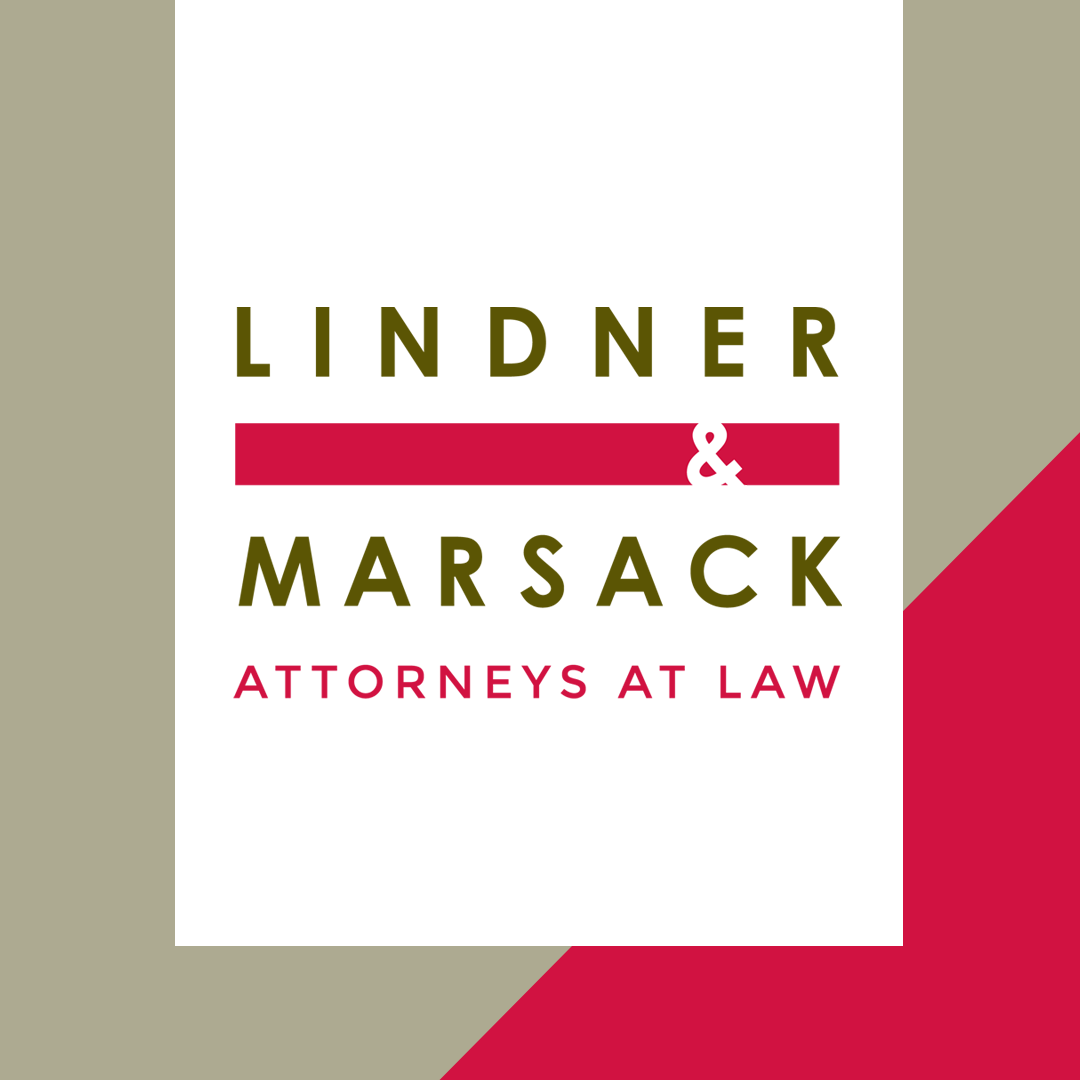By Samantha J. Wood On June 27, 2023, the Pregnant Workers Fairness Act (“PWFA”) will go into effect. This law, which was previously discussed here, extends the protections for pregnant workers by requiring employers with 15 or more employees to provide reasonable accommodations for pregnant employees and prohibits employment practices that discriminate against qualified employees […]

